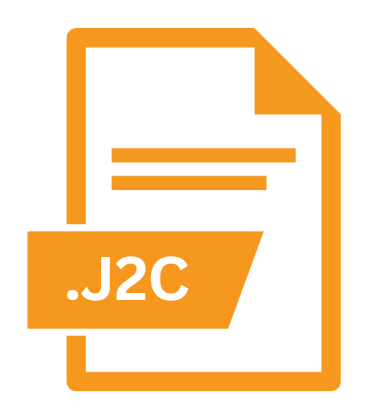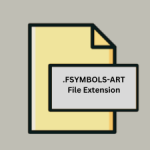.J2C File Extension

JPEG 2000 Code Stream
| Developer | Joint Photographic Experts Group |
| Popularity | |
| Category | Raster Image Files |
| Format | .J2C |
| Cross Platform | Update Soon |
What is an J2C file?
Files with the ‘.J2C’ extension are associated with JPEG 2000 Code Stream format. JPEG 2000, an image compression standard, offers superior performance over traditional JPEG, particularly in terms of compression efficiency and image quality.
The ‘.J2C’ files specifically represent the encoded image data in a JPEG 2000 format, utilizing a code stream structure for efficient storage and transmission of visual data.
More Information.
Introduced in the early 2000s, JPEG 2000 aimed to modernize and improve upon the aging JPEG standard.
Its initial purpose was to handle large images more effectively, offering features like progressive transmission, which allows images to be displayed at lower resolutions before fully downloading the entire file.
This feature was particularly useful for internet applications where bandwidth and display capabilities varied widely.
Origin Of This File.
The JPEG 2000 format was developed by the Joint Photographic Experts Group (JPEG), the same consortium that created the original JPEG format.
It was designed to address limitations in the traditional JPEG format, aiming to provide better compression ratios with less loss of image quality.
The introduction of the ‘.J2C’ file extension stemmed from this initiative, focusing on the efficient encoding and decoding of images using wavelet-based compression techniques.
File Structure Technical Specification.
The structure of a ‘.J2C’ file, being a JPEG 2000 code stream, consists of encoded image data arranged in a series of packets.
These packets contain wavelet-transformed coefficients, organized to facilitate efficient compression and decompression. Key components include:
- Codestream Headers: Contain information about image dimensions, color space, and other metadata.
- Code Blocks: The fundamental units of encoded image data, organized in a hierarchical manner.
- Entropy-Coded Data: Compressed data that includes quantized coefficients.
JPEG 2000 employs a sophisticated compression scheme based on wavelet transforms, which allows for both lossy and lossless compression, offering flexibility depending on the application requirements.
How to Convert the File?
Converting a ‘.J2C’ file to other formats or vice versa typically involves specialized software capable of handling JPEG 2000 compression. Here’s a basic conversion process:
- Using Conversion Software: Tools like Adobe Photoshop, XnView, or dedicated JPEG 2000 conversion utilities can convert ‘.J2C’ files to more common formats like JPEG or PNG.
- Online Converters: Various online services offer file conversion between different image formats, including JPEG 2000.
- Command Line Tools: For advanced users, command-line tools like FFmpeg can also be used to convert ‘.J2C’ files to other formats.
Advantages And Disadvantages.
Advantages:
- Compression Efficiency: JPEG 2000 typically achieves better compression ratios than traditional JPEG, especially for complex images.
- Image Quality: It maintains higher image quality at lower file sizes compared to JPEG.
- Progressive Transmission: Allows for gradual rendering of images, suitable for internet applications.
- Flexible Compression: Supports both lossy and lossless compression modes.
Disadvantages:
- Complexity: JPEG 2000 encoding and decoding processes are more computationally intensive than JPEG, requiring more processing power and memory.
- Compatibility: While widely supported, full compatibility across all platforms and software may vary, particularly for older applications.
How to Open J2C?
Open In Windows
- Use applications like Adobe Photoshop, XnView, or IrfanView, which natively support JPEG 2000.
Open In Linux
- Applications such as GIMP and ImageMagick provide support for JPEG 2000 on Linux distributions.
Open In MAC
- Preview and Adobe Photoshop are compatible with ‘.J2C’ files on macOS.













